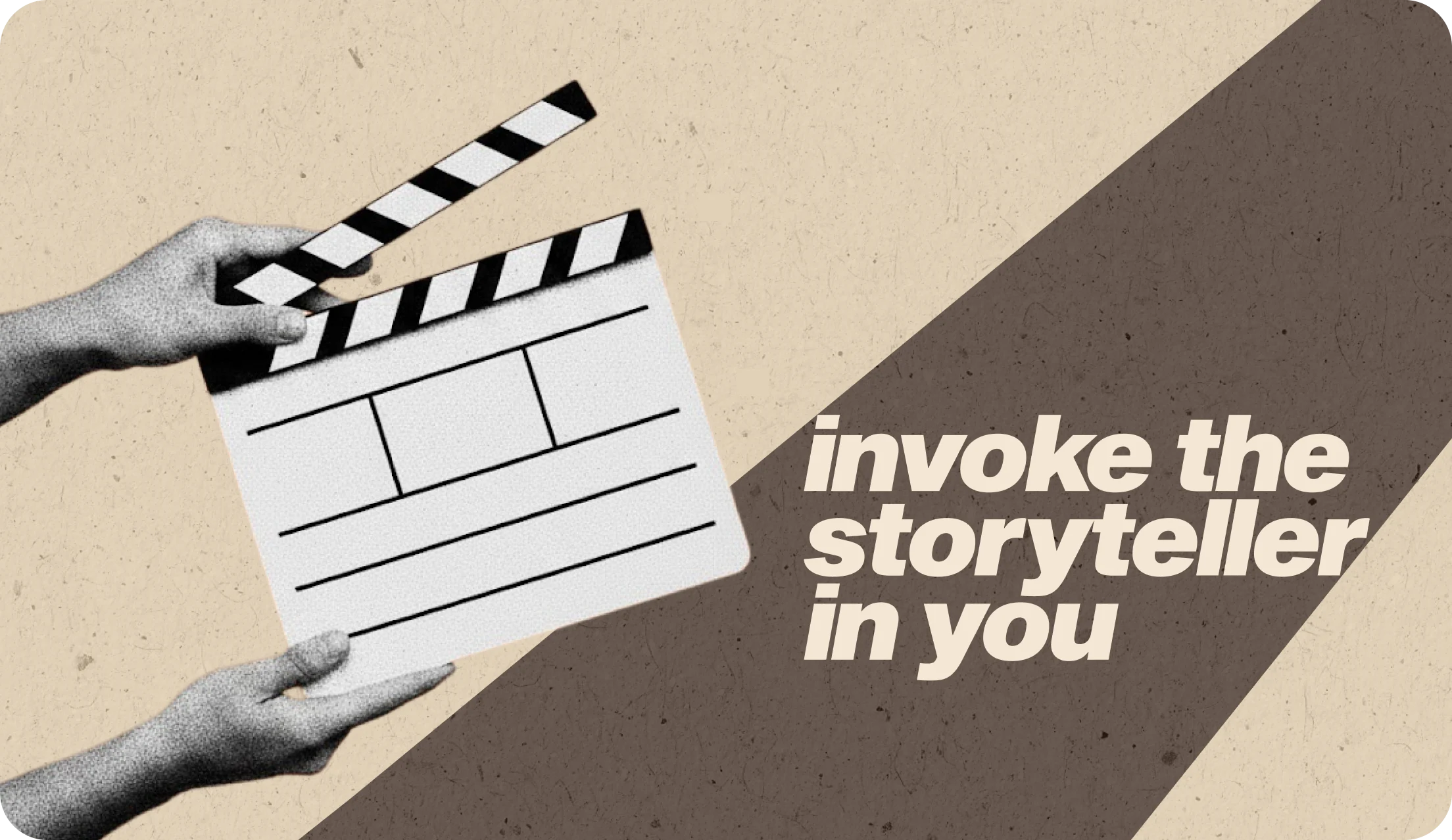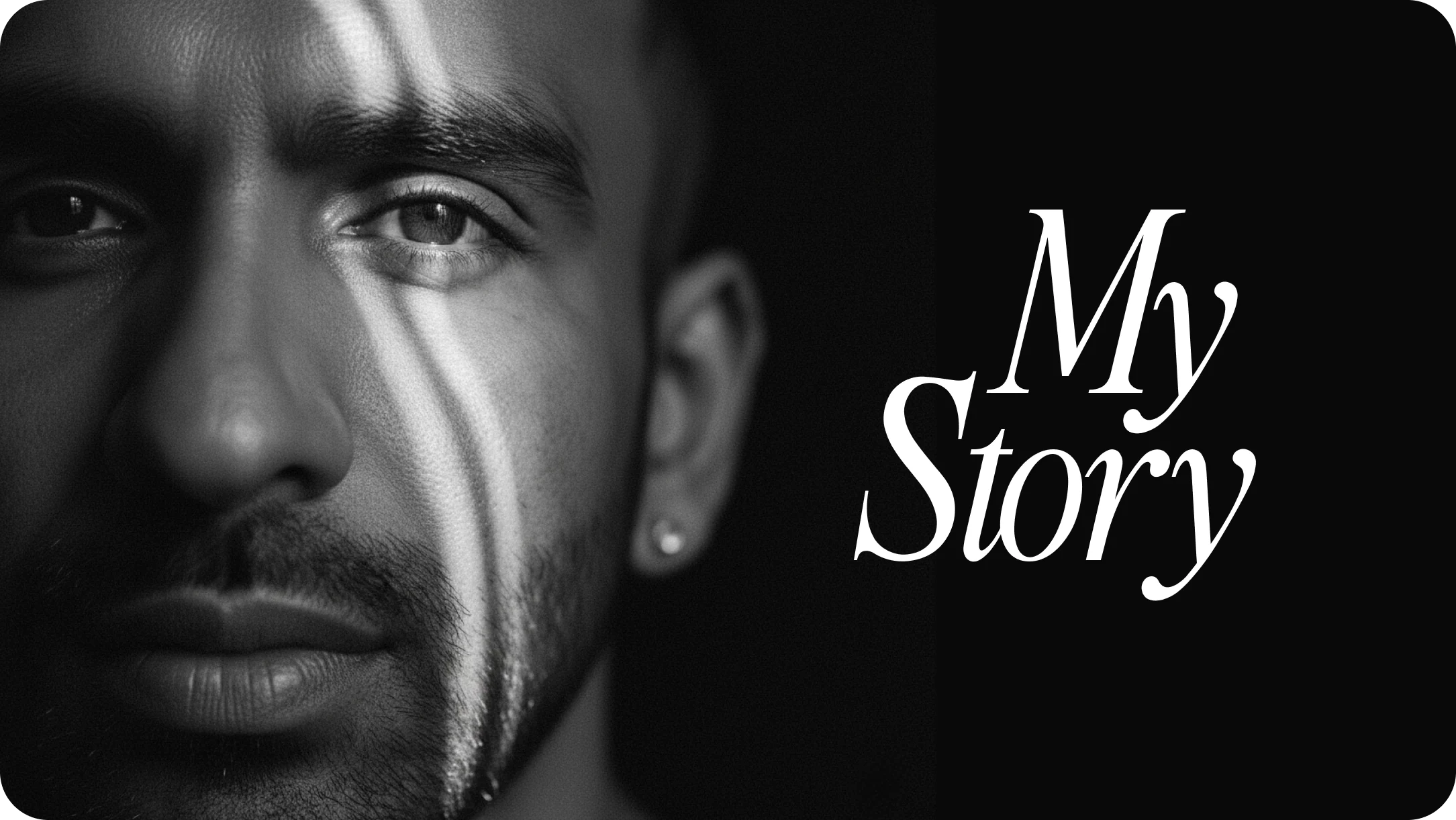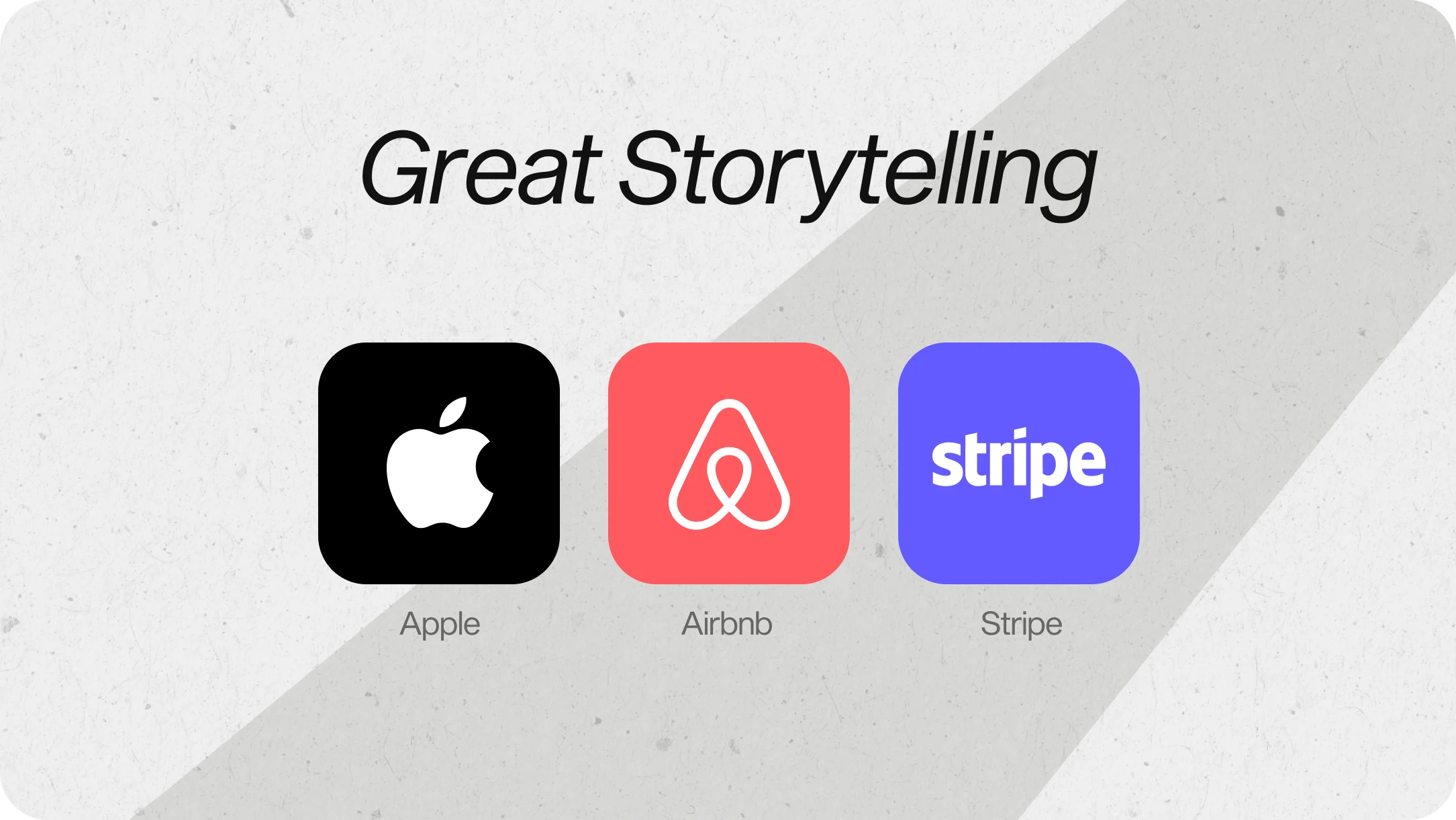
It took a shot of vodka for me to begin mine; you can have a sobering start…
Human civilisation has been built around stories. Stories are what unite people to cooperate around an idea, and even a startup pitch. My startup story was an epiphany. It was my first investor pitch, and I was too terrified to face the room. I was standing backstage, palms sweating, heart racing. So I did what many first-time founders might never admit. I downed a shot of vodka, prayed for courage, and walked out pretending I belonged there. For years, I believed great founders were the best builders because they could architect systems, code prototypes, and design solutions faster than anyone else. But as I stood there, stumbling through slides, trying to sound confident, these skills could not construct a coherent and convincing sentence for me. What came to my rescue was a story. That’s when I became a storyteller and learnt that startups don't scale on data; they scale on belief.
Startups as modern myths
While having a great product is essential, the power of a captivating narrative is what draws stakeholders in, builds trust, and sustains long-term engagement. And that is because people remember stories more than statistics or technical features. It is about nurturing a resonant, memorable story that people can invest in emotionally, intellectually, and financially. No one explains it better than Prof Yuval Noah Harari, who reasons that human beings became the planet's dominant species not by brute strength or intelligence alone, but because of our unmatched ability to weave compelling narratives that inspire belief, trust, and coordinated action. Crafting a narrative powerful enough to inspire cooperation, investment, and risk-taking among complete strangers is the work of a master storyteller. And that’s what you have to look within you.
The science behind storytelling
Neuroscience explains what experience teaches the hard way: stories rewire the brain. When we hear a compelling narrative, our brains enter what researchers call neural coupling. It is a state where the storyteller's brain and the listener's brain begin to mirror each other. The audience doesn't just hear you; they feel you.
Stories activate the sensory cortex, the emotional limbic system, and even the motor regions, as if the listener is living the story themselves. This state, known as narrative transportation, monopolises the brain's processing power. When people are absorbed in your story, they stop generating counterarguments. They aren't analysing but believing.
It's why studies show emotional campaigns outperform rational ones by nearly 2x (31% vs. 16%), and why stories are 22 times more memorable than facts alone.
You can argue with a fact. You can't argue with a feeling.

…And this is my story
After years of studying at UCLA and London Business School, I returned to India brimming with ambition. One afternoon, I walked into a Croma store on Linking Road in Mumbai to buy a phone on EMI. Two minutes after the salesman typed in my details, he looked up and said politely, "Sorry, sir. Your loan has been rejected."
I didn't have a CIBIL score. I'd lived abroad for too long. Degrees, experience, and a job offer mattered little. At that moment, I wasn't a founder or a graduate. I was invisible to the financial system.
That sting became my story.
I realised there were millions like me, people who earned, saved, and contributed, yet couldn't access credit because old data models blinded legacy systems. That was the spark behind CreditVidya, an alternative data credit-scoring platform designed to bring the invisible into the mainstream of finance.
We didn't pitch "AI-based credit models." We told a story of inclusion, fairness, and opportunity. And that story resonated with investors, employees, and eventually with millions of users.
Years later, when CreditVidya was acquired by CRED, I understood why. The code built the product. The story built the company.
Why founders must become Chief Storytelling Officers
Every founder is always selling, even when they think they're not. Selling to investors. Selling to customers. Selling to engineers who could work anywhere but choose to build with you.
There are two kinds of founders:
The Fact-Spitters: They talk in numbers. ARR, TAM, CAC, ML models. It's rational, precise, and utterly forgettable.
The Storytellers: They make you see something. Steve Jobs didn't describe "a 0.76-inch laptop with a 13.3-inch screen." He pulled a MacBook Air out of an envelope. One gesture. One story. One indelible image.
What makes a great story: The three non-negotiables
After two decades of pitching, investing, and observing, I've distilled great storytelling into three essentials:
1. Emotional connection over data points
Facts inform, but emotions move. When Ling App's founder shared his struggle to learn his wife's language - not to grow a startup but to connect with her family - it turned a utility product into a mission. That one story drove a 237% surge in traffic and over $1 million in revenue.
The principle: People forget data. They remember how you made them feel.
2. Vision where people see themselves
The strongest stories don't make you the hero. They make us the heroes.
Elon Musk didn't say, "I want to build rockets." He said, "Humanity must become multi-planetary." Suddenly, everyone in the room was part of the same mission.
This is critical: You're not the hero of your story. Your customer is.
3. Authenticity that builds trust
Backlinko's founder built authority not by bragging about success, but by openly detailing the 18 months he failed, including black-hat SEO disasters that wiped out his traffic overnight. Vulnerability isn't weakness; it's credibility.
Why this works: Vulnerability signals confidence. Only secure people discuss their struggles openly. When you share failures authentically, you're building trust.
Counterintuitive Wisdom: Stay true to your story
Most founders polish their decks, perfect their posture, and practice their pitch. But connection doesn't come from perfection. It comes from the truth.
When I started telling the real story - the Croma rejection, the frustration, the sense of injustice - something changed. The room got quieter. Investors leaned in. The conversation shifted from features to faith.
Here's what I learned: Investors don't fund businesses. They fund futures. They're not betting on your current metrics. They're betting on the world you're describing becoming real. And if you can't make them see that world, your numbers are just data points.
And here's the paradox: the less you perform, the more you persuade.

Masters of the craft
The difference between good and great storytelling isn't just what you say. It's how you frame reality itself.
Steve Jobs: Show, don't tell
When Jobs launched the MacBook Air in 2008, he could have led with specs: "It's the thinnest laptop ever made at 0.76 inches, weighing just 3 pounds, with up to 5 hours of battery life."
Instead, he walked on stage holding a manila envelope. The audience watched, confused. He reached inside and slowly pulled out a laptop. He said almost nothing. The gesture said everything: The future of computing fits in an envelope.
The lesson: Demonstration beats explanation every time.
Airbnb: Redefining the category
When Brian Chesky and Joe Gebbia first pitched Airbnb, they faced a brutal problem: nobody wanted to sleep in a stranger's house. They didn't fight that perception with data about cost savings or selection. They told a story.
They were broke designers in San Francisco. Rent was due. A design conference was coming to town, and all the hotels were booked. So they inflated three air mattresses, created a simple website, and offered designers a place to crash, with breakfast included. Three people paid to stay. That weekend, they realised something: people wanted connection, not just convenience.
So they launched with three words: "Belong Anywhere."
The lesson: The best stories don't position you in an existing category. They create a new category where you're the only option.
Stripe: Infrastructure for an inevitable future
When Patrick and John Collison pitched Stripe in 2010, online payments were already "solved, because PayPal existed. So they did not pitch better payment processing. but a different future.
They said: Every business will eventually transact online. But look at the infrastructure we're building on. It was designed in the 1970s for a world of physical cards and in-person transactions. "The financial rails are broken for the internet age. Someone needs to rebuild them."
Suddenly, Stripe wasn't a payments company competing with PayPal. It was infrastructure for an inevitable future.
The lesson: Position your product as an infrastructure necessity for an inevitable future.
How to find your story
Step 1:
Talk to 50 customers before you pitch. Ask about their problem, not your product. Listen until you can describe their pain better than they can. Active listening helps storytellers understand what their audience cares about, which stories will resonate, and how to deliver their message with impact.
Step 2:
Find the moment it became personal. Your "Croma moment." The exact scene that made this mission yours.
Step 3:
Use the Pixar Framework. Once upon a time there was… Every day… Until one day… Because of that… Until finally… Structure breeds emotion. This framework ensures your story builds tension, causality, and resolution.
Step 4:
Make the customer the hero. You're not Luke Skywalker. You're Yoda. Your product is the lightsaber that helps them win their battle.
Step 5:
Test it in the wild. Test it with a stranger at a coffee shop, not with your co-founder or spouse. If the stranger leans in and says, "tell me more," you've got resonance.
The final truth
Before you polish your next deck, ask yourself one question:
"Why does this matter enough for me to spend the next decade on it?"
Answer that truthfully, and the story will tell itself. The pitch will flow. The conviction will be undeniable. Because the world doesn't remember the best products. It remembers the best stories. And the best stories, the ones that move people, markets, and hearts, aren't invented in boardrooms. They're born in moments of fear, rejection, and, in my case, a single shot of vodka before walking on stage.
But to access these stories, mindfulness is the window because meditation sharpens the ability to listen deeply, inhabit the present moment, and distinguish between personal opinions and the unfolding of the story itself.
Look within to find your story!



.svg)